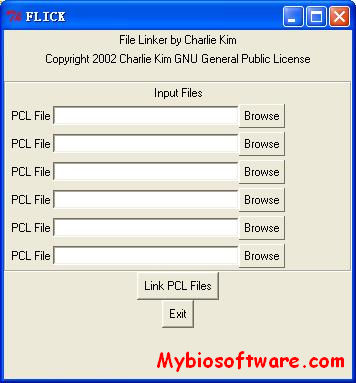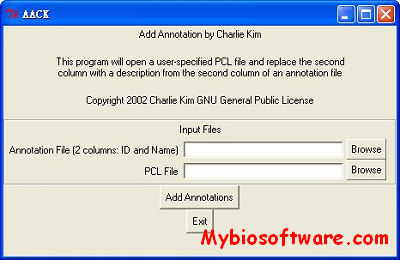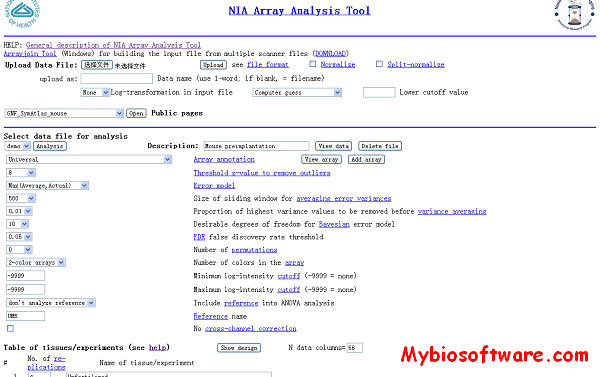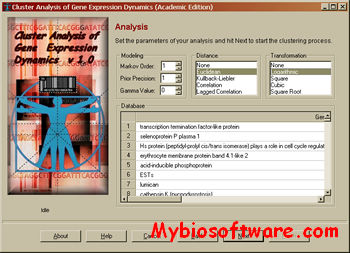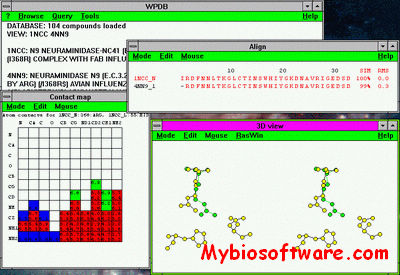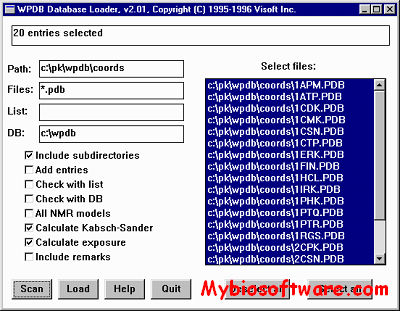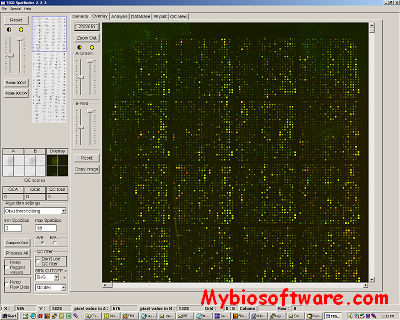MADAM 4.1
:: DESCRIPTION
Madam (Microarray Data Manager) is a suite of tools used to upload,download, and display a plethora of microarray data to and from a database management system (MySql). Working as an interface for the MySql, Madam allows scientists and researchers to manage their microarray data efficiently to meet the requirement of experiment annotation and data mining.
Madam implemented in Java, facilitates the entry of data into a relational database. MADAM guides users through the microarray process from RNA procurement to data analysis, offering intelligent forms to simplify the tracking of experimental parameters and results that are essential for the interpretation of expression results in downstream analyses. Canned reports provide information on RNA samples, studies, slide maps and other pertinent data and a general SQL query window allows freeform access to the underlying database.
MADAM also serves as a platform for launching other data entry and management tools. Through the use of these integrated modules, users can view and score PCR plates, design experiments and studies, and track laboratory materials. Although not yet supported, MADAM is being adapted to read and write MAGE-ML, the XML data exchange format being developed by an international consortium of leading public databases and microarray research centers. A MAGE-ML version of MADAM should be available by the end of this year and will facilitate submission of microarray data to public repositories such as Array Express and GEO.
::DEVELOPER
J. Craig Venter Institute
:: SCREENSHOTS
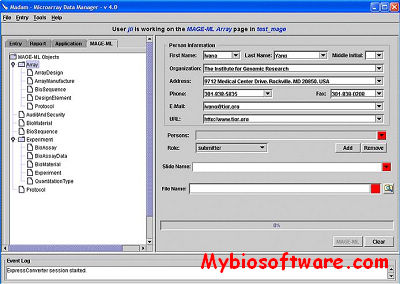
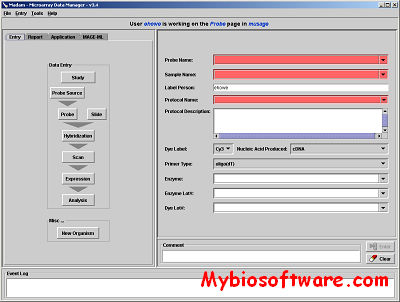
:: REQUIREMENTS
:: DOWNLOAD
 MADAM v4.0 for Win ; MADAM 4.1 for Linux ; Source Code ; Manual ; Training Documents
MADAM v4.0 for Win ; MADAM 4.1 for Linux ; Source Code ; Manual ; Training Documents
:: MORE INFORMATION
Referencing MADAM
Saeed AI, Sharov V, White J, Li J, Liang W, Bhagabati N, Braisted J, Klapa M, Currier T, Thiagarajan M, Sturn A, Snuffin M, Rezantsev A, Popov D, Ryltsov A, Kostukovich E, Borisovsky I, Liu Z, Vinsavich A, Trush V, Quackenbush J. TM4: a free, open-source system for microarray data management and analysis. Biotechniques. 2003 Feb;34(2):374-8.
 GACK for Win ; Source Code ; Manual
GACK for Win ; Source Code ; Manual

